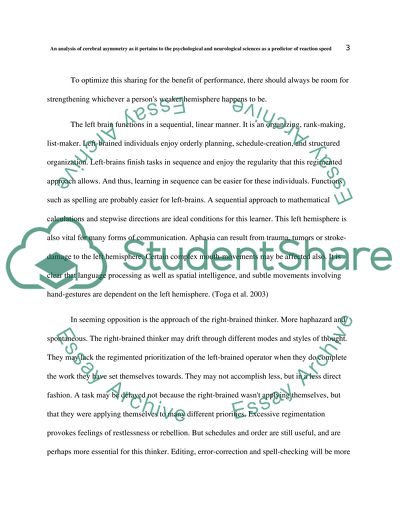Cite this document
(“Reaction Time & Hemispheric Asymmetry Dissertation”, n.d.)
Retrieved from https://studentshare.org/other/1427622-reaction-time-hemispheric-asymmetry
Retrieved from https://studentshare.org/other/1427622-reaction-time-hemispheric-asymmetry
(Reaction Time & Hemispheric Asymmetry Dissertation)
https://studentshare.org/other/1427622-reaction-time-hemispheric-asymmetry.
https://studentshare.org/other/1427622-reaction-time-hemispheric-asymmetry.
“Reaction Time & Hemispheric Asymmetry Dissertation”, n.d. https://studentshare.org/other/1427622-reaction-time-hemispheric-asymmetry.


